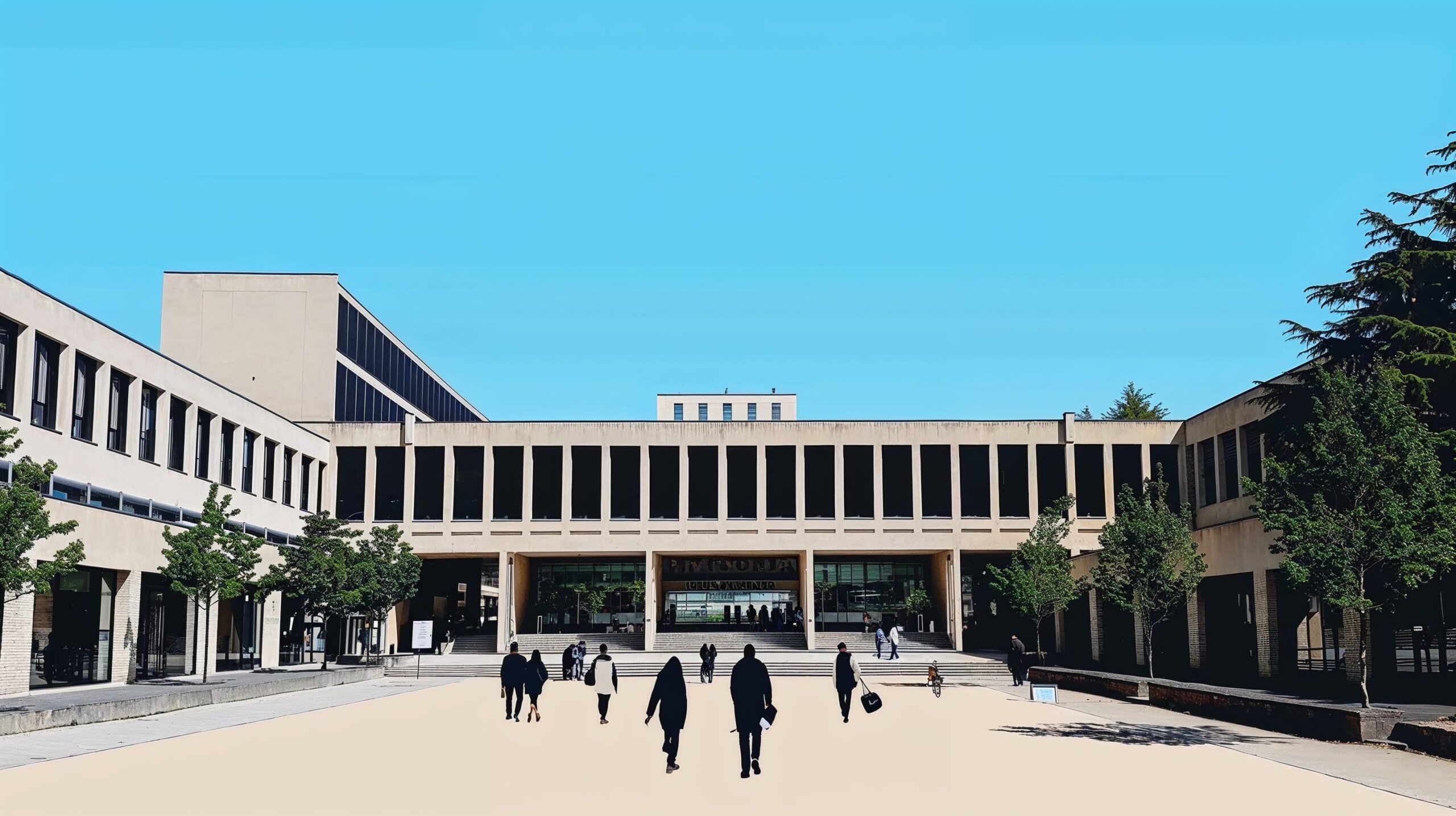One of Stripe and Ntonia’s 22 recommendations for inclusive teaching is to challenge stereotypes and stop them from being propagated.
And it’s just as important in policy making too.
This is a challenging topic to quantify – stereotypes are rarely overt, and few people would be silly enough to write them down. Crucially, they’re often subconscious.
But there are some generalisations that can be seen in data which indicate imbalance, and other ideas or thoughts that should be questioned.
And, like any sector, higher education is full of them. They manifest in meetings, come up in conversation, and lurk under the surface in proposals and papers.
If we look at the protected characteristics and markers that are often used for widening participation or access schemes, there are all sorts of stereotypes – many of which are as daft as they are damaging – and which should be challenged.
Russell Group universities are better than post-92 institutions
This is defined by league tables which create a combined score to rank institutions. But these tables are based on broad value judgments. For example, The Complete University Guide uses the following as metrics to define how “‘good” an institution is – Entry Standard, Money spent (on facilities and services), and staff student ratio.
These are not metrics for quality, they are metrics for available funds. Increasingly, these metrics do not match to high scores in student satisfaction and graduate outcomes yet they still favour large institutions with long standing brands. If you use The Times University Rankings social inclusion index as a metric for quality then you see Russell Group institutions nearer the bottom. National, and international rankings only provide half a story.
Science is harder and/or more valuable than humanities subjects.
Within the university sector and within institutions themselves there are also disciplinary hierarchies – which even among themselves are conflicted. STEM is often discussed in research as a collective entity (Wong et al., 2023), but within that distinctions are made – maths, physics and chemistry are “hard sciences” which are methodologically more rigorous than other science, or applied topics such as medicine and engineering.
This also affects students who can feel that “biology is never really held in as high regard as the other” (Wong et al., 2023). Social science is seen as “soft” and not as valuable to society. See also current government rhetoric about the arts.
Research is more important than teaching
While this view may be more prevalent in research intensive universities, and very much driven by institutional culture, there are also more subliminal connotations. According to Textio, a tool for making job adverts more inclusive “teaching” as a term resonates more with women and should be replaced by guiding or instructing. This does not bode well for the changing of how institutional roles are viewed.
Professors are all old white men
This is historical and comes from a time when academia was a pathway that was only really open to certain demographics. While not totally true, there are still proportionally more white male professors than any other demographic, particularly in the sciences. To challenge this we need to be careful when selecting images of someone in a teaching or lecturing situation, particularly when presenting educational content.
Girls don’t study physics (or other hard sciences)
The data shows that this is still worryingly accurate HESA data shows engineering, technology, and computing are still strongly skewed towards male students. This is less of a stereotype than a self-fulfilling prophecy. There are fewer women in senior academic roles so women don’t apply.
You have to come from a rich background and have been to grammar (or private) school to go to university
As with women in some subjects this is another self-fulfilling prophecy. This affects students from low-income/working class backgrounds, those who are the first in their family to enter higher education, often those who are care experienced as they do not have the role models or social capital that is associated with other demographic groups.
Disabled students find higher education difficult
Much like students that come from low-income backgrounds disabled students that “make-it” can be seen as inspirational for having “overcome the odds”, it is utter rubbish. Students don’t find higher education difficult – they find trying to conform to a system that is not designed to support them difficult.
There is a wealth of evidence that neurodiverse students have significant advantages in some cognitive areas. Unfortunately, those are cognitive areas which the system sees as different and sometimes even wrong. So they need to fight, either to adapt, or for the freedom to work in a way that works for them. Either way, the student is not the problem.
Everyone who goes to university is under 20
This is very much true for undergraduate students at Imperial, but not across the sector. Furthermore, with the increase in online courses and more flexible degrees the age range of students is broadening.
The idea that all students are young means mature students can struggle to fit in as university campuses and social programmes are not designed for them. This in turn has an effect on the protected characteristics of marriage and civil partnership, and pregnancy and maternity as the stereotype that all students are young means the needs of those with families can often be overlooked.
All students live on or near campus
Related to age and socioeconomic stereotypes is the idea that all first years live on or near campus in student accommodation and then move into shared accommodation which is close. For financial or family reasons many students may live at home or choose to commute (especially to London institutions).
Failure to consider this means that students can be shut out of activities or services because they do not spend all their time on campus.
Cultural and social stereotypes don’t affect education.
Being from a racial, religious, international, or LGBTQ+ community brings a range of stereotypes that can be applied. Many of them not accurate. While these are not related to education they should not be perpetuated and can have a damaging impact on students who are subjected to them.
Scientists have no social skills
Like many other stereotypes this is perpetuated by popular media and relates to common thinking around neurodiversity. It’s a fact: scientists are more likely to be socially inept. This as the title of an article in Times Higher Education is a case in point. It plays on the stereotype to open up an article that is about the prevalence of individuals on the autism spectrum within the sciences.
While true that those on the autism spectrum may struggle with “social understanding”, and may excel in detail-orientated tasks, the conflation of the two things is damaging to science and the image of scientists – and to neurodiverse individuals who should not be defined by their “disorder”.
Science is always correct
The idea that science is immovable and rigidly defined is problematic on several levels. It discourages critical thinking as we are programmed, again by the media, to believe that once something is proved then it becomes fact.
This way of thinking has become more prevalent since the Covid-19 pandemic in which vaccine science particularly has been put under the microscope and challenged by many extreme factions in the media. Science, despite the use of the ‘scientific method’ is still a social consensus. The other problem with this view of science, which becomes particularly apparent for students moving into higher education, is that they are trained to expect correct answers which they may never be able to find. This mindset shift is something that needs to be explored more in higher science education.
Science students all want to be scientists
Or engineering students want to become engineers. Common in research intensive universities, anecdotally at least, is the idea that if you are studying a science degree you must want to be a scientist (or engineer, or doctor). This institutional mindset means that students are offered limited career advice for exploring what else may be available to them as a career option.
Whether you agree or not with these statements is beside the point. Some are evidence informed and need high level structural change to dismantle them, and not just in higher education, much of this starts in schools, in the career advice that is given (or not), or through headline grabbing media. These are for education policy to unravel and for government and governmental bodies to support change at an institutional level.
The other stereotypes listed here however, are more feelings, they are intangible. Intellectually we know that they don’t make sense. Yet they persist, and it is everyone’s job to challenge them, to challenge the feelings on this list, and the feelings and stereotypes that are not.
Things that are true only of one institution, or one area. These need to be challenged too and the best way to start is by writing them down. Take this list as a start, change it, add more, make it your own. Then, then you can start to dismantle them.




